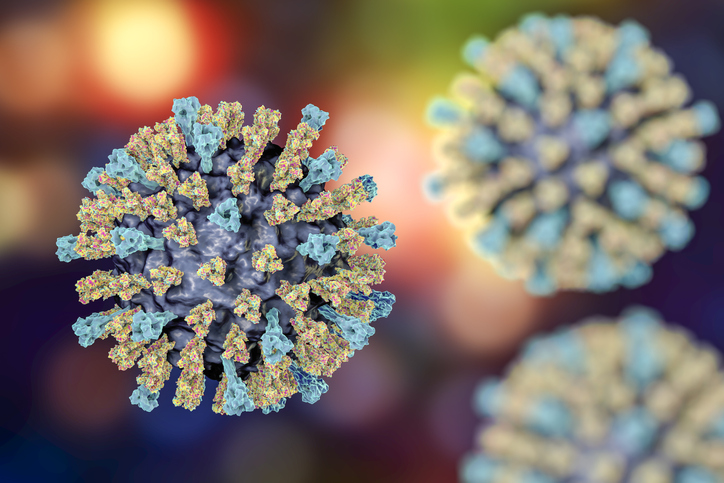By Mike May, PhD
To most people, measles just create an itchy nuisance. In oncology, though, this virus can save lives. “Measles virus is currently under investigation as an innovative cancer treatment,” wrote Christine Engeland, MD, PhD, professor of experimental virology at Germany’s National Center for Tumor Diseases, and Guy Ungerechts, MD, PhD, founder of CanVirex. “The virus selectively replicates in and kills cancer cells.”
Moreover, Denise Salzig, PhD, professor of process analytics in biochemical and pharmaceutical processes at the University of Applied Sciences Mittelhessen in Germany, and her colleagues noted that “the possibilities of genetic engineering make the oncolytic” measles virus promising for immunotherapy to treat cancer.
Nonetheless, bioprocessing this virus creates challenges. For one thing, manufacturing can easily damage this fragile virus. So far, much of the research optimized upstream steps, but downstream purification is also crucial in turning this virus into a treatment.
So, Salzig worked with other scientists to test continuous and discontinuous diafiltration to purify the product from upstream processes. From this work, the scientists reported that combining a concentration step before filtering and using “discontinuous diafiltration conferred a slight benefit in terms of the permeate flow, reflecting the repetitive dilution steps and the ability to break down parts of the fouling layer on the membrane.” The team concluded that this downstream series of steps could be used to purify this therapeutic virus and that it recovered about 50% of the infectious viral particles.
With an optimized combination of upstream and downstream steps, the virus behind measles might transition from what patients hate to just what oncologists desire.


